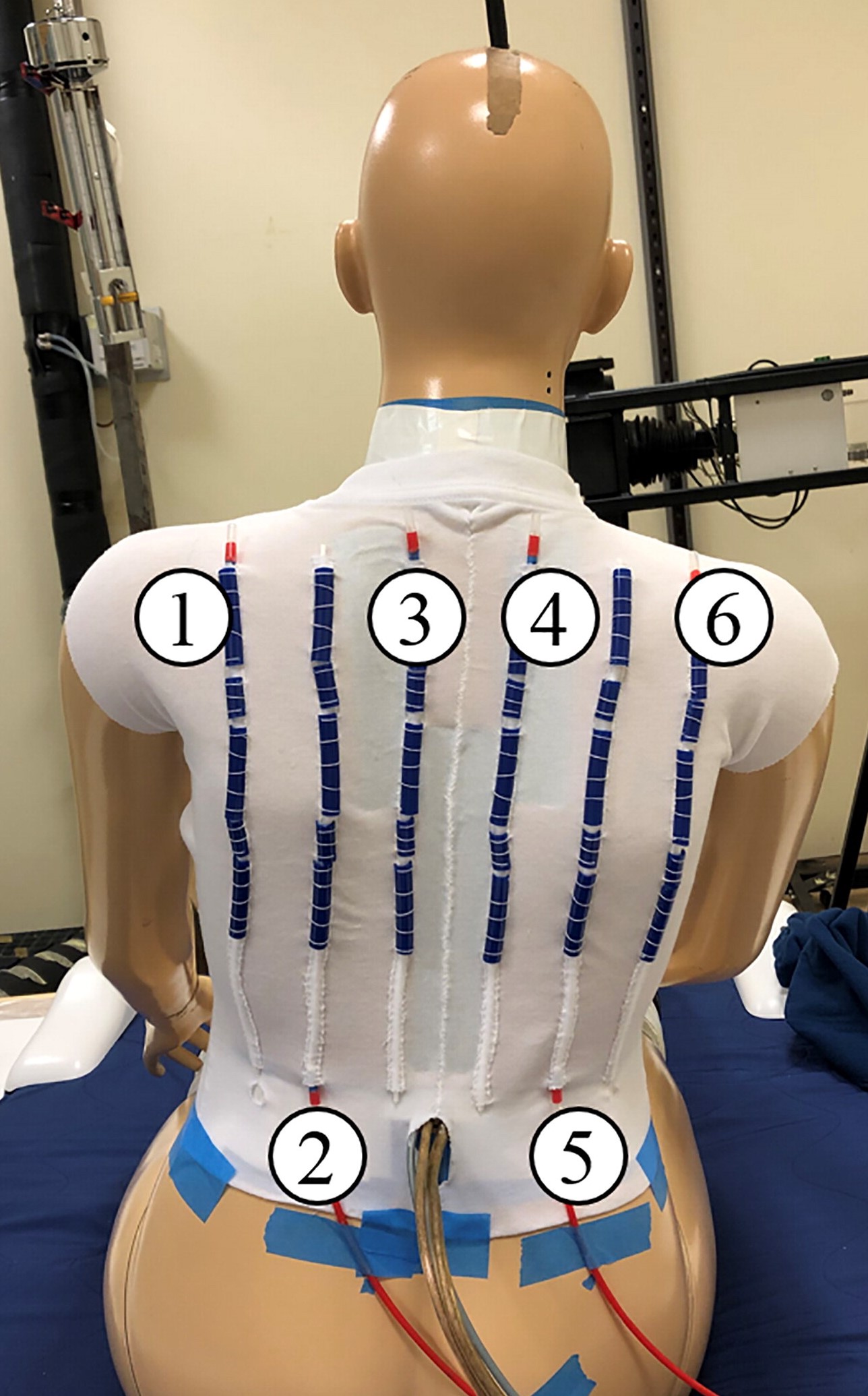Using Manikins to Evaluate Evaporative Cooling in Humans
From June 2022 ASHRAE Journal Industry News
According to research conducted at the International Centre for Indoor Environment and Energy (ICIEE), Technical University of Denmark in Denmark and Shinshu University in Japan, a dry thermal manikin with an add-on system is suitable for evaluating local cooling induced by sweating in humans. Upgrading an existing dry thermal manikin to a sweating manikin makes it possible to evaluate the evaporative cooling ability of the surrounding thermal environment and clothing worn.
Researchers Satoru Nagasawa; Tomonori Sakoi, Ph.D.; and Arsen Krikor Melikov, Ph.D., Fellow/Life Member ASHRAE, recently reported results of their study in “Add-On Local Sweating Simulation System for a Dry Thermal Manikin” in ASHRAE’s Science and Technology for the Built Environment (STBE).
Sakoi spoke with ASHRAE Journal about the research.
Why is it important to explore this topic now?
Sweat evaporative cooling is an effective countermeasure against heat stress posed by the surrounding hot environment and intensive work loads. 1 mL (0.03 oz.) of sweat evaporation takes away around 2400 J (2.275 Btu) of heat from the skin’s surface. The evaporative cooling ability of the human body is becoming important for current global warming and heat island issues. Global warming and heat island issues increase environmental heat stress to the human body. Low evaporative cooling ability causes wet friction on the skin and increases thermal discomfort. To reduce this friction, it is desirable to increase the evaporative cooling ability of the surrounding environment, such as by elevating airflow and clothing water diffusion characteristics and dehumidification.
What exactly is a dry thermal manikin and what is it used for?
A dry thermal manikin has a similar shape to a human body and emits heat. It has functions to measure surface temperature and heat emission. The surface temperature is controlled to emulate human skin temperature exposed to the evaluated condition. Then, the thermal manikin is used to evaluate heat transfer from the human body to the surrounding environment through clothing.
How does the add-on local sweating simulation work?
By using the thermal manikin with the add-on local sweating simulation system, we can detect how sweat secretion changes in humidity within the microclimate around the human body. Also, we can evaluate the evaporative cooling ability of the surrounding environment including humidity, airflow and clothing effects.
The current system is developed to apply to the back of the manikin. We succeeded to diffuse water over the back area (8.8% of whole-body area) without the assistance of gravity (the validation was done using a sleeping thermal manikin) using only six water supply tubes that had a water repellent hollow tube at the end.
The system can be applied to other body segments. However, the remaining technical issue to be solved in applying it to the “whole body” is still needing many tubes for water supply despite reducing the tube number using the water repellent hollow tube to diffuse water on the body surface.
What lessons, facts and/or guidance can an engineer working in the field take away from this research?
Evaluation examples on the evaporative cooling effect in a harsh environment are indicated in the research. The reader of the STBE article will understand how to evaluate evaporative cooling effects on a human body along with how to upgrade an existing dry thermal manikin to a sweating thermal manikin.
What are the next steps for this research?
The next steps involve expansion of the proposed local add-on sweat secretion system to the whole body. We wish to clarify how sweat secretion changes the microclimate around the human body. We also wish to propose a new strategy to cool the human body using not only conventional convective cooling but also evaporative cooling.

Back of the thermal manikin with hollow tubes attached.